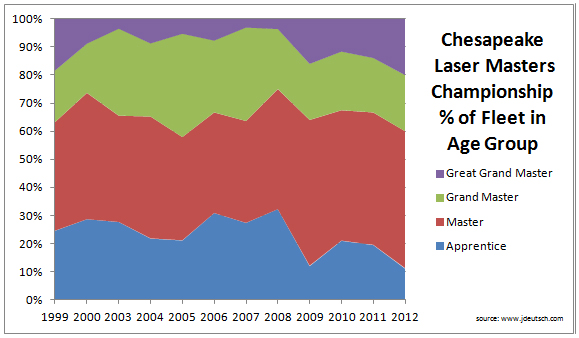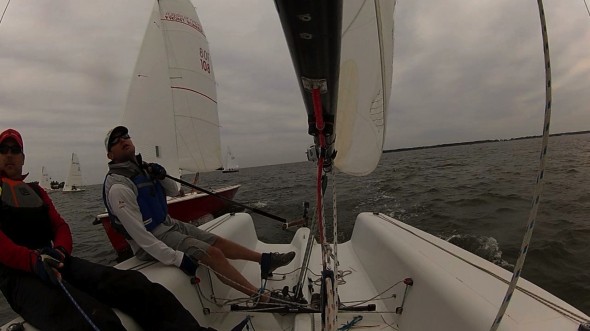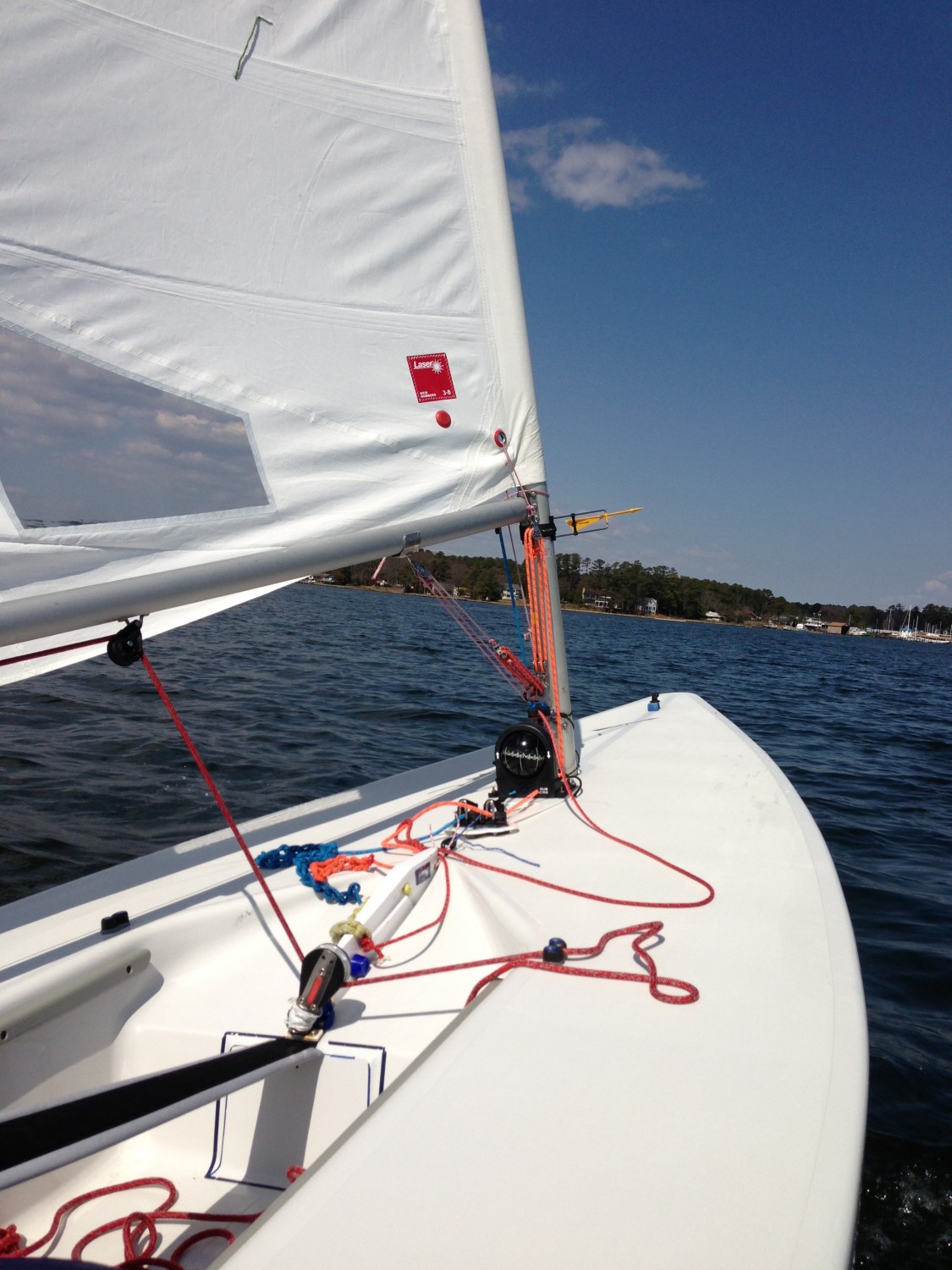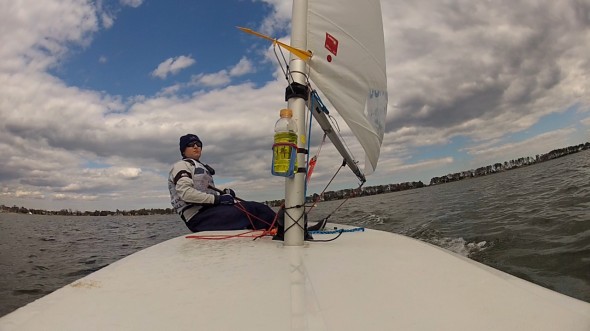Our yacht club has been working on a new long range plan and we’ve done a bit of age analysis to see how our membership has changed over the past 10+ years. For the past 8 years I’ve run the Chesapeake Laser Masters Championship and I usually skimp on awards for the Great Grand Masters (65+) because historically there have only been a handful of competitors in that bracket compared to the more numerous competitors in the younger age brackets. This was the first year that several competitors pointed out how many more GGM sailors there were and thus deserved trophies that went a little deeper. And that has gotten me thinking about the age demographics of our Laser Masters regattas.
Here are the demographics of the Chesapeake Bay Laser Masters Championship for all of the years I have available. Laser Masters sailing starts at 35 years old and the brackets are Apprentice: 35-44, Master 45-54, Grand Master 55-64 & Great Grand Master 65+. I’ve broken down each year by % of the fleet in each of the age groups to show how that has changed over the years.

Here is the same type of data for the US Masters Championship:

Both regattas differ a little bit in what they show and which age groups are growing, but both clearly show over the past 3-4 years a smaller Apprentice category and slightly larger M, G and GGM categories. What’s causing this? It could be the aging Baby Boomer population who were in their teens-20-30s when the Laser became popular in the 1970’s and learned to sail on them. There’s always been a bit of a boomerang in sailing where people go away during and after college and while they are starting families, and then they tend to come back and involve their family in sailing. Could it be that the following generation (X) that was raised in Optis and spent less time in the Laser, is not returning to the Laser in the same numbers as the generation before them? Or are more boomers just boomeranging back into the class later in life and skewing the pot? Time will tell, but there’s clearly a change underway.
What are your thoughts? Leave them in the comments.
Raw Data:
| Chesapeake Laser Masters
|
US Laser Masters
| Year |
A |
M |
GM |
GGM |
Total |
| 2000 |
26 |
41 |
16 |
8 |
91 |
| 2005 |
31 |
29 |
16 |
2 |
78 |
| 2007 |
19 |
33 |
10 |
5 |
67 |
| 2009 |
9 |
19 |
9 |
2 |
39 |
| 2010 |
14 |
48 |
12 |
12 |
86 |
| 2011 |
5 |
14 |
11 |
5 |
35 |
| 2012 |
8 |
27 |
22 |
5 |
62 |
|
Why Chesapeake Laser Masters and US Masters? 1) Because Masters events are the only events where we know the age bands of sailors. While there are regattas that know the age of the competitors, it’s not typically published. 2) These are the events that I had the most and oldest data on.























